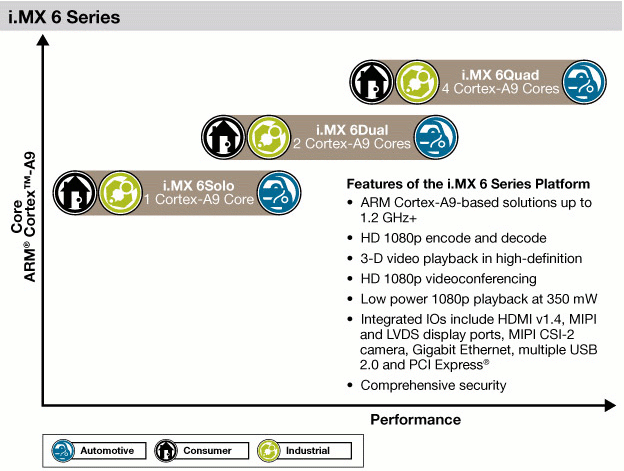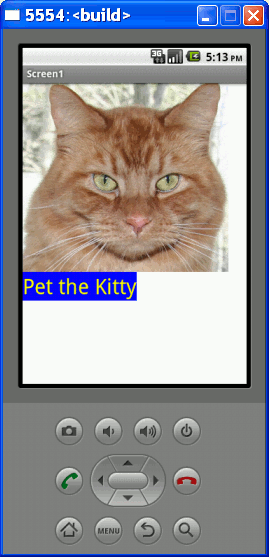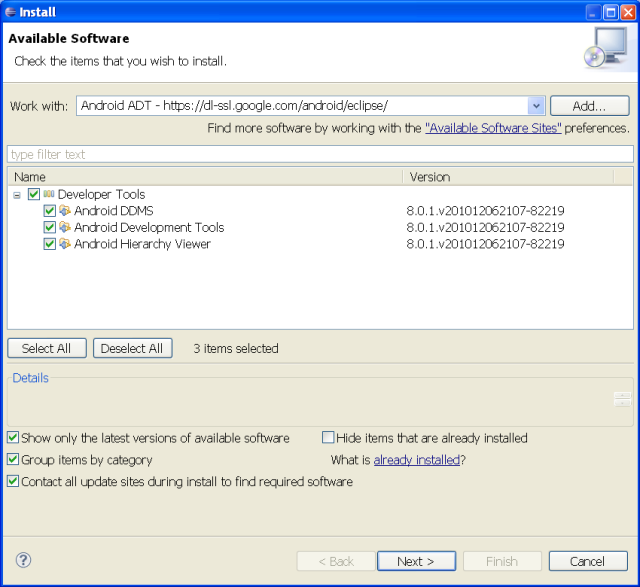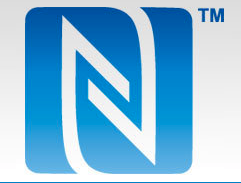CES has just started and Leveno showcased their new Android 2.2 tablet (Lenovo LePad) based on Qualcomm Snapdragon (MSM8x60?) @ 1.3GHz with 1GB RAM, a 10.1″ Capacitive touchscreen (1280×800). Currently on the Wifi version is available, but a 3G/GPS version will be available later this year. The Wifi version will start to sell this month for around 500 USD in China. They use their own UI called “Four Square” on top of Android, the same currently on their phones (LePhone). Lenovo also innovated by providing a dock for their tablet. Once you connect the tablet to the dock TaDa! it becomes a laptop based on Intel iCore 5 running Windows 7. The Intel dock will cost 800 USD. They can then switch back on forth between Android 2.2 and Windows 7 in less than a second. A new version of the LePad (new hardware) will also be provided later this […]
Freescale announces i.MX6 ARM Cortex A9 Multi-core Processor
Right before CES 2011, Freescale announced i.MX6 series, its latest multi-core Cortex A9 processor aimed at smartphones, tablets, eReaders and other consumer electronics equipment. Here’s an excerpt of the press release: Freescale delivers dramatic performance advances for tablet, smartphone, eReader, automotive infotainment and other hot consumer marketsCompatible i.MX 6 series scales from one to four cores and raises the bar with a new portfolio of high-performance, low-power multicore processors AUSTIN, Texas – Jan. 3, 2011 – Freescale Semiconductor introduces the i.MX 6 series of quad-, dual- and single-core applications processors designed to deliver outstanding performance and scalability to manufacturers targeting the hottest selling smart mobile, automotive infotainment and embedded device categories. Integrating one, two or four ARM® Cortex™-A9 cores running at up to 1.2 GHz each, the i.MX 6 series delivers up to five times the performance of Freescale’s current generation of applications processors. This performance provides additional headroom for […]
Android App Inventor – Develop Android App Without Coding
[Update: Google phased out App Inventor, but made it open source. It is now hosted by MIT at http://appinventoredu.mit.edu/welcome-to-app-inventor-edu“] We have previously shown how to setup your environment to develop Android application using Eclipse. However, if you are not into Java programming and learning Android API but still want to develop (simple) Android applications, that’s still possible thanks to App Inventor. App Inventor will allow you to create the application UI in your web browser (The Designer), configure how your application behaves via a Java JNLP (Java Network Launching Protocol) applet (The Block Editor) and run your application in your Android phone/tablet or if you don’t have hardware in an emulator (The emulator). For Windows XP + Emulator, all you’ll have to do is to follow the instructions in http://appinventor.googlelabs.com/learn/setup/setupwindows.html and then you’ll be able to create some “Hello Kitty” application. First download the installer. Run appinventor_setup_installer_v_1_1.exe to install the […]
Installing Android SDK on Windows XP – Hello World Application
You’ll find the full details for installing Android SDK at http://developer.android.com/sdk/installing.html. The purpose of this blog entry is to summarize what I had to do to install Android development environment (Android 2.3 SDK (Gingerbread)) on Windows XP. Before installing the Android SDK per se, you’ll need to install some set of tools used by the SDK. Here are the steps to setup your Windows XP computer for Android development: 1. Install Java Developer Kit (JDK) You need to go to http://www.oracle.com/technetwork/java/javase/downloads/index.html, select your OS (e.g. Linux, Windows, MAC…) and the file you want to download. I selected Java Platform (JDK), then downloaded Java SE Development Kit 6u23. I got the jdk-6u23-windows-i586.exe which I installed in the default directory, i.e. C:\Program Files\Java\jdk1.6.0_23). 2. Install Eclipse Classic Then you’ll need to install Eclipse, and open source IDE. Several versions are available at http://www.eclipse.org/downloads/, but since Google recommends Eclipse Classic, I just download […]
Top Ten Digital Signage Trends for 2011
As 2010 comes to a close, Digital Signage Today released their top 10 trends for 2011. Here’s a summary of those trends: Cross-media platform and technology integration: Digital signage systems and mobile devices such as smartphones and tablets will communicate more and more be it through QR Code, Near Field Communication (NFC), smartphone gestures, etc… Content will continue to be at or near the top of the list: More and more companies are involved in content creation for digital signage / digital out of hone (DOOH) and more diverse and complex content formats will be available. M & A and investment – The big shakeout of 2011: Expect more acquisitions that in 2010. Even larger amounts of ad dollars will migrate to DOOH: Digital Signage Ad growth spending will carry on, after a 14.8% growth in 2010. Experience, engagement and interaction: Instead of simply being an ad to promote a […]
P2P for embedded systems: BitTorrent and Emule – Part 2
In part1, I explained how to build and install aMule for mips platorm, in part2, we’ll build and install Transmission BitTorrent client for devices based on Sigma Designs SMP8634/SMP8635. Transmission BT is already used in quite a few NAS and media players including Syabas Networked Media Tank, Western Digital WD MyBook, ReadyNAS, D-Link DNS-323 & CH3SNAS… as you can see at the bottom of the transmission download page. Building Transmission 2.13 daemon and client First download Transmission 2.13 source code and required dependencies: OpenSSL 1.0.0c, cURL 7.21.3 and libevent 1.4.14b (do not use libevent 2.0.x). You’ll also need zlib 1.2.5 that we compiled in part1. Extract them: tar xjvf ../Downloads/transmission-2.13.tar.bz2 tar xzvf ../Downloads/openssl-1.0.0c.tar.gz tar xjvf ../Downloads/curl-7.21.3.tar.bz2 tar xzvf ../Downloads/libevent-2.0.9-rc.tar.gz Build OpenSSL 1.0.0c: ./Configure no-asm –prefix=/home/jaufranc/edev/libs linux-generic32 make CC=”mipsel-linux-gcc” AR=”mipsel-linux-ar r” RANLIB=”mipsel-linux-ranlib” make install Build cURL 7.2.13: ./configure –prefix=/home/jaufranc/edev/libs –build=mipsel-linux –target=mipsel-linux -host=i686 –disable-ipv6 –without-random –with-ssl=/home/jaufranc/edev/libs –with-zlib=/home/jaufranc/edev/libs CC=mipsel-linux-gcc LDFLAGS=-ldl make make install […]
P2P for embedded systems: BitTorrent and Emule – Part 1
Whether your device is a Network Access Storage (NAS) or a media player with network capabilities, you may consider adding P2P to allow downloads of files as you would do on your computer. Two of the most used P2P protocols are BitTorrent and eMule, but most of the client have a UI designed for Linux or Windows and may not be easily ported to an embedded system. So what we need to look for here are command line based clients or daemons that can be compiled and run in an embedded platform. After some research, here are the 2 programs we’ll use: aMule 2.2.6 a multiplatform eMule-like client Transmission 2.13 running as a daemon for BT dowloads Today, I’ll show how to use aMule 2.2.6 in Sigma Designs SMP863X target, for example in Popcorn Hour A-100. But a similar method (just a different compiler mips-linux-gnu-gcc and setting Little endian (-EL)) […]
Near Field Communication (NFC) Introduction and Software Development
Android 2.3 features near field communication (NFC) in order to allow payment through your phone as it is already implemented in Japan with FeliCa (Felicity Card), a contactless RFID smart card system from Sony, direct communication between NFC devices, RFID reader, etc… NFC is already supported in Samsung / Google Nexus S. In this blog post, we’ll see what near field communication is, which hardware is needed and what needs to be done at the software level (driver and NFC stack). What is Near Field Communication ? Extract from Wikipedia: Near Field Communication or NFC, is a short-range high frequency wireless communication technology which enables the exchange of data between devices over about a 10 centimeter (around 4 inches) distance. The technology is a simple extension of the ISO/IEC 14443 proximity-card standard (proximity card, RFID) that combines the interface of a smartcard and a reader into a single device. An NFC […]











